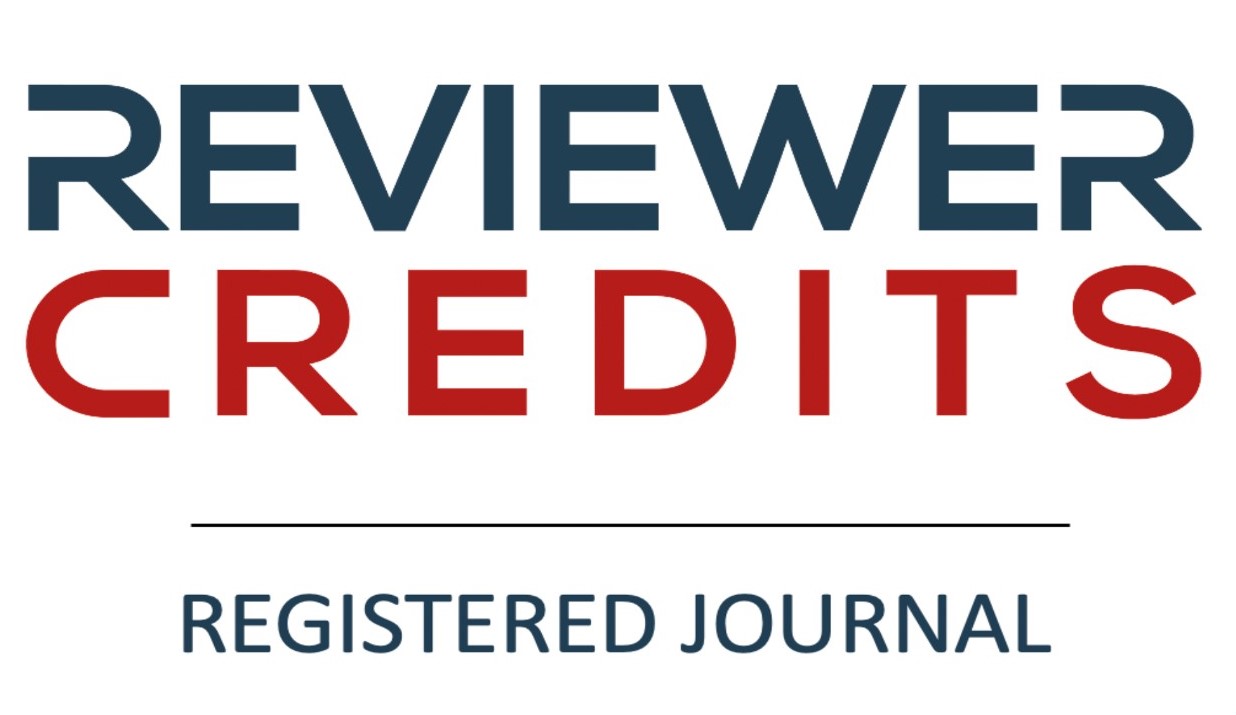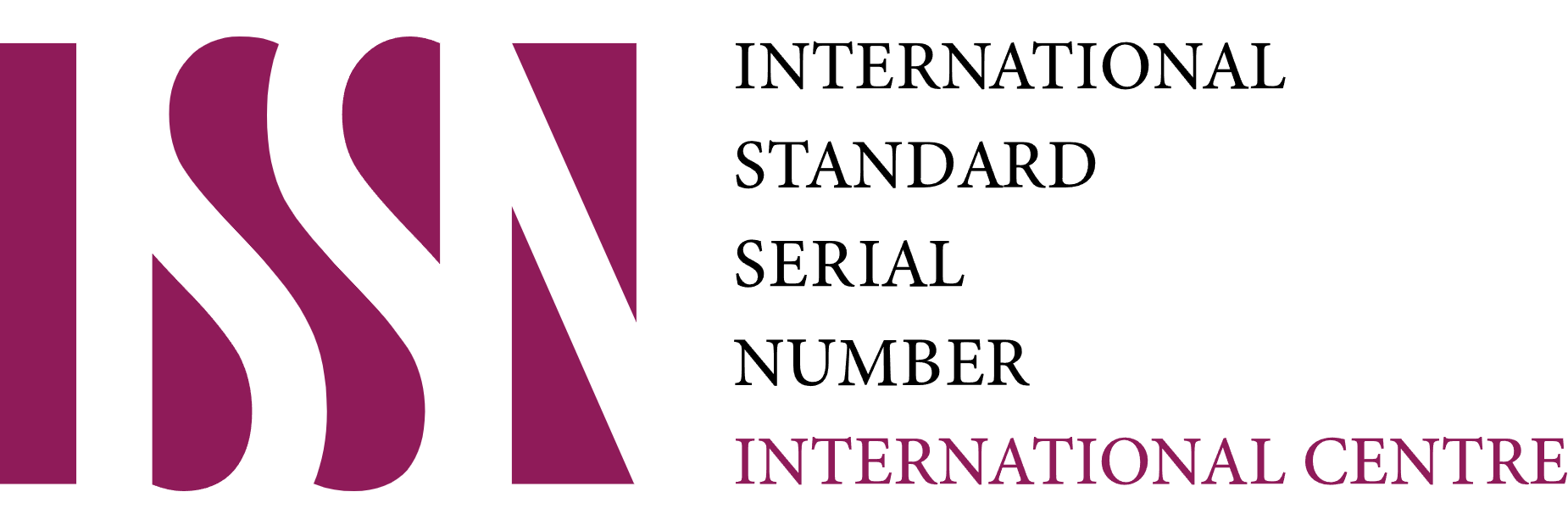Analisys of Farmers Perceptions of Alsintan Service Business (UPJA) In UPJA Tirtosari, Gunung Kidul, D.I Yogyakarta
DOI:
https://doi.org/10.51852/jpp.v18i1.584Keywords:
alsintan service business (UPJA), multiple linear regression analysis perception, perception forming factorsAbstract
This study aims to determine the level of farmers' perceptions of Alsintan Service Enterprises (UPJA) and the factors that influence farmers' perceptions of UPJA. The research was conducted using survey techniques, descriptive analysis and inferential statistics. The research location was determined purposively, namely Gunungkidul Regency, Yogyakarta Special Region. The UPJA sample was determined purposively, namely UPJA Tirtosari. The sample of farmers was determined purposively, namely UPJA customer farmers as many as 30 respondents, both members of the UPJA group and not members of the UPJA group. Analysis of the level of farmers' perceptions of UPJA statistically quantitative descriptive using a Likert scale with a score of 1 - 5, and the factors that influence farmers' perceptions using multiple linear regression analysis with the Ordinary Least Square (OLS) method. The results showed that farmers' perceptions of UPJA with a score of 4.31 were in the very good category. Perception-forming factors, namely length of formal education, age, farming experience, land area, access to information, the role of extension workers and the role of farmer groups simultaneously influence farmers' perceptions of UPJA significantly. The factor of the role of farmer groups influences farmers' perceptions of UPJA very significantly.
References
Ali H, Wawan T, Yanti S. 2018. Persepsi Petani Terhadap Kinerja Penyuluh Pertanian Lapangan. Jurnal Agrinesia, 2 (2).
Ananda R, Muhammad F. 2018. Statistik Pendidikan, Teori Dan Praktik Dalam Pendidikan. Medan: Penerbit CV. Widya Puspita.
Apiors K , Kuwornu JKM and Kwadzo GTM. 2016. Effect of mechanisation use intensity on the productivity of rice farms in Southern Ghana Emmanuel. Acta Agriculturae Slovenica.
Asnawati 2017. Peranan Usaha Pelayanan Jasa Alsintan (UPJA) Kelas Berkembang Dalam Pengembangan Usahatani Padi Sawah di Kabupaten Tebo. Prosiding Seminar Nasional Perencanaan Pembangunan Inklusif Desa Kota.
Badan Pusat Statistik. 2021. Kecamatan Wonosari Dalam Angka. Gunungkidul: Badan Pusat Statistik.
Firdaus A. 2021. Pemanfaatan Mekanisasi Alsintan Dan Pengaruhnya Terhadap Usaha Penangkaran Benih Padi di Kabupaten Tanjung Jabung Barat Provinsi Jambi. Jurnal Ilmu-Ilmu Terapan, 5 (2).
Henny MT, Pranadji. 2012. Pola Pengembangan Kelembagaan UPJA untuk Menunjang Sistem Usahatani Padi yang Berdayasaing. Jurnal Analisis Kebijakan Pertanian, 10 (4).
Hertanto D. 2019. Persepsi Petani Terhadap Teknologi Alat Tanam Padi Jarwo Transplanter Dalam Mendukung Swasembada Pangan Jurnal Ilmu Pertanian. 4 (2).
Kementerian Pertanian. 2008. Lampiran Peraturan Menteri Pertanian No. 25/2008. Tentang Penumbuhan dan Pengembangan UPJA dan Mesin Pertanian.
Nazir M. 2003. Metode Penelitian. Jakarta: Penerbit Ghalia Indonesia.
Purwantini TB. dan Susilowati SH. 2018. Dampak Penggunaan Alat Mesin Panen Terhadap Kelembagaan Usaha Tani Padi. Jurnal Analisis Kebijakan Pertanian. 16 (1):73– 88.
Rakhmat. 2007. Psikologi Komunikasi, edisi revisi. Bandung: Remaja Rosdakarya. Slameto. 2010. Pengantar Psikologi Umum. Jakarta: PT Raja Grafind Persada.
Sudjana. 2005. Metode Statistika. Bandung: Tarsito.
Downloads
Published
Issue
Section
License
Authors who publish with this journal agree to the following terms:
1. Copyright on any article is retained by the author(s).
2. The author grants the journal, right of first publication with the work simultaneously licensed under a Creative Commons Attribution License that allows others to share the work with an acknowledgment of the works authorship and initial publication in this journal.
3. Authors are able to enter into separate, additional contractual arrangements for the non-exclusive distribution of the journals published version of the work (e.g., post it to an institutional repository or publish it in a book), with an acknowledgment of its initial publication in this journal.
4. Authors are permitted and encouraged to post their work online (e.g., in institutional repositories or on their website) prior to and during the submission process, as it can lead to productive exchanges, as well as earlier and greater citation of published work.
5. The article and any associated published material is distributed under the Creative Commons Attribution-ShareAlike 4.0 International License













